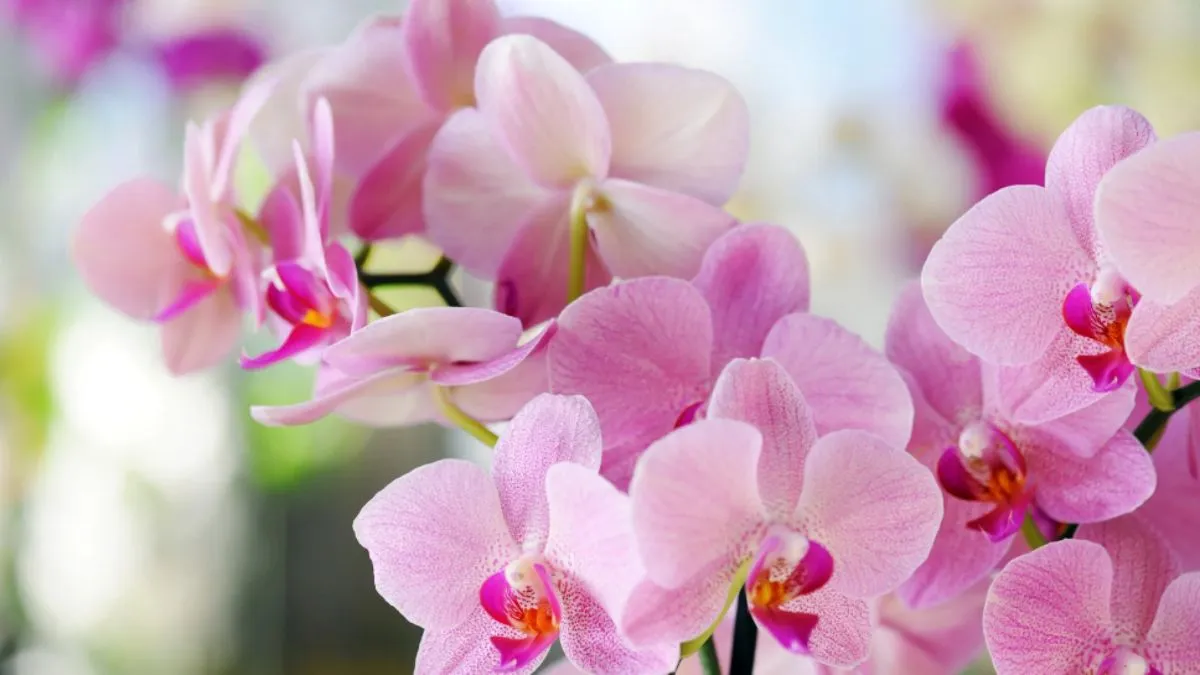- By Priyanka Koul
- Wed, 23 Jul 2025 03:02 PM (IST)
- Source:JND
Arunachal Pradesh is often seen as a hidden gem an untouched land brimming with natural beauty and rich cultural heritage. Its mist-covered valleys, vibrant tribal communities, and pristine landscapes make it a paradise for nature lovers and adventurers alike. Now, the state is gearing up for a fresh wave of recognition, with the government proposing to brand Arunachal Pradesh as the Orchid Capital of India, according to NDTV.
This move aims to shine a spotlight on the region’s unparalleled orchid diversity and boost tourism in a sustainable and culturally respectful way.
Why Now?
Arunachal Pradesh is home to over 600 species of orchids the highest diversity of these stunning flowers anywhere in India. By officially embracing the title of Orchid Capital, the state hopes to draw more visitors, including botanists and nature enthusiasts, to explore its vibrant floral heritage amidst its breathtaking hills. Chief Minister Pema Khandu recently led a meeting with the planning department to discuss integrated tourism strategies designed to showcase the state’s natural and cultural riches.
ALSO READ: What Does Saiyaara Mean And Why It Was Perfect For Ahaan Panday-Aneet Padda’s Blockbuster Movie?
Beyond orchids, the state is also promoting another natural treasure: the kiwi fruit. The region’s hilly terrain creates perfect conditions for kiwi cultivation, and efforts are underway to highlight this fruit as a unique local specialty. Expanding kiwi farming and improving market access could not only enrich the agricultural sector but also support agri-tourism, providing new livelihoods in rural areas.
Highlights
1. Protecting Orchids: The plan includes measures to conserve orchids, ensuring that these delicate species are not over harvested and endangered plants receive proper protection.
2. Tourism Boost: Tourists can look forward to orchid-focused activities like viewing and photography tours, especially when the hills bloom in vibrant colors. Specific orchid hotspots will be promoted, alongside adventure options such as trekking, rafting, and mountaineering.
3. Cultural Preservation: The state is equally focused on safeguarding its cultural traditions. A key part of this is reviving Mon Shugu, the Monpa community’s traditional art of handmade paper-making. Visitors will have the opportunity to observe this craft firsthand and purchase authentic, locally made paper products.

